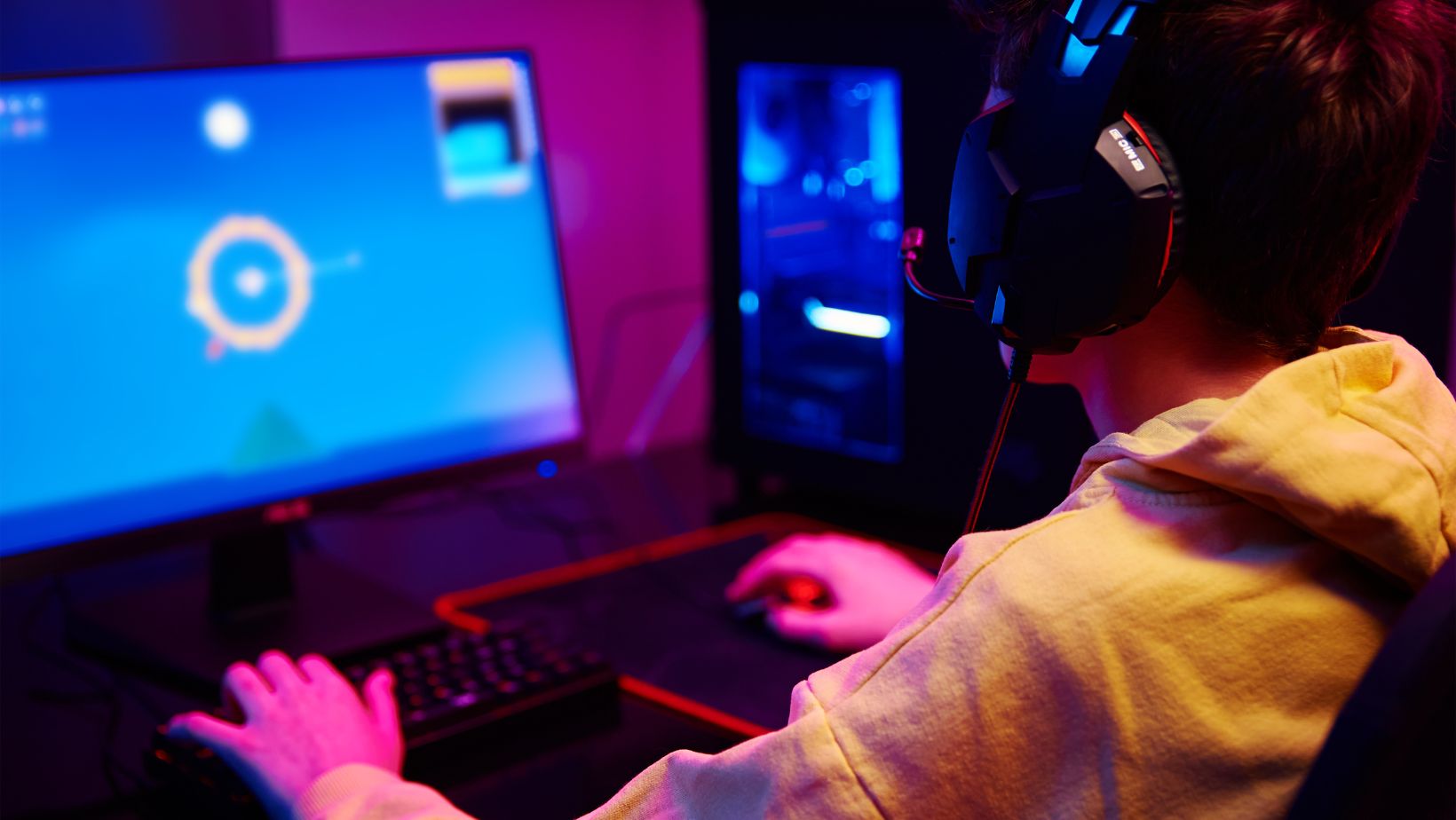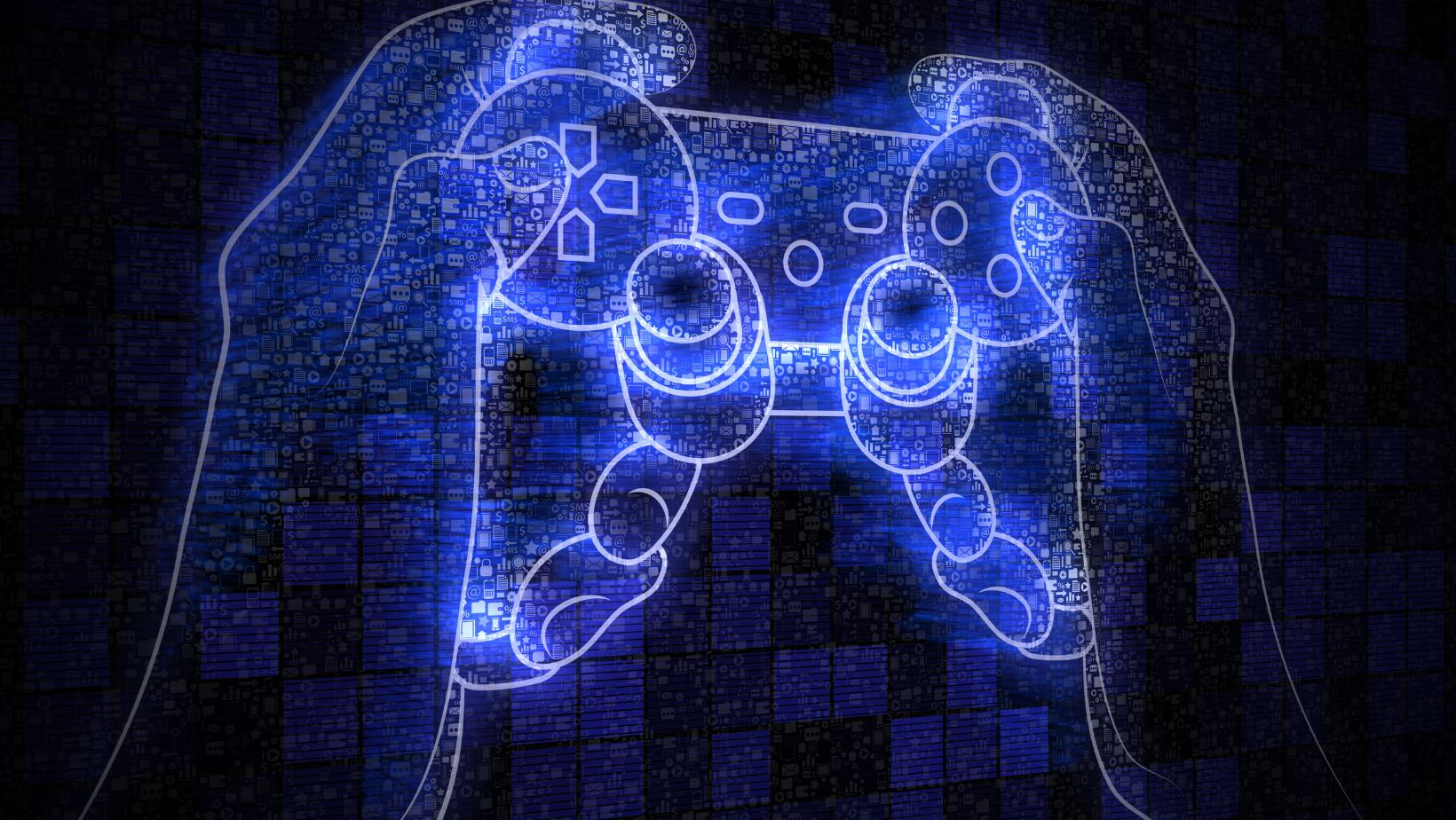In a time when most games are stored on the cloud or on a hard drive, a new trend has emerged among young players. Physical game collecting started as just another fascination young players had with retro technology, but now, it’s caught on, and there’s a growing market for these games.
In this article, we’ll discuss the market for pristine condition PS1 and Nintendo games, but also how the interest is driven by more than just nostalgia. Having physical media you can own, sell, or move presents a different kind of ownership than buying a digital copy.
Table of Contents
ToggleWhy Now? Cultural and Generational Drivers
For a while now, there has been a nostalgia for retro games among young players, and many games from the 90s and early 00s have been revived and remastered. Some of the best crypto live casinos even offered odds on the tournaments for these games, and there’s a lively interest in these events. Casinos such as those allow players to make wagers from all over the world using crypto as a payment method and without providing personal data.
Recently, however, there has also been a growing interest in collecting physical media from that time. These include retro gaming consoles, cartridges, and CDs. The revival is also bolstered by social media and unboxing videos showcasing the items.
The increased interest has led to the growth of retro hardware companies. Some of the old-time consoles haven’t been produced in decades, and since there’s a market for the games played on these consoles, they are also in demand. These have less value for collectors since they are relatively new, but they are being bought and sold.
Companies like Analogue and Hyperkin produce modern consoles compatible with vintage cartridges. These make it easier for collectors to play the game without having to find a limited edition, 30-year-old console that may even require some repairs before it’s used.
 The Economics – Grading, Auctions, and Price Dynamics
The Economics – Grading, Auctions, and Price Dynamics
Professional grading has been at the heart of this boom, as it allowed the consumers and traders to rank the quality of the items they are selling and collecting. Companies such as Wata Games certify the games based on their condition and quality.
Webopedia and other experts on retro gaming trends have also written about the emergence of auction houses regulating the trade in retro games. For instance, a sealed cartridge from the ’80s can fetch five- or even six-figure prices.
For some, collecting retro gaming media remained a hobby and a personal interest, but there are also those who saw the market potential of it and used the games as assets that gained value over time.
A sealed Super Mario Bros was sold for over $600,000, and Super Mario 64 crossed the $1 million mark in 2021. However, these are one-time, unique examples, and the market as a whole is much more complex. It shows signs of maturing. This is noticeable in the fact that mid-tier games are stabilizing in price.
There was a boom during the pandemic, when more people took on the hobby out of boredom, and now, we’re seeing the games reach a price that reflects their real value.
Collecting as a Preservation of Cultural Heritage
Beyond speculative markets, collecting physical media has a role in preserving cultural heritage. Media of the 80s, 90s, and 00s are now becoming valuable enough as a cultural heritage of their time, and public institutions such as libraries and museums are taking part in the process with this goal in mind.
Organizations like The Strong National Museum of Play and the Video Game History Foundation (VGHF) are actively working on buying, collecting, and displaying media and ephemera from this era.
These institutions maintain that the games from this time period aren’t just entertainment, but that they present a cultural artefact that can tell us a lot about the attitude we had towards technology, media, design, and arts, just a few decades ago.
Many private collectors also operate with these goals and ideas in mind, serving as de facto archivists. The most valuable parts of their collections are usually game and console manuals, limited promotion items, and packaging and cover art.
How Collectors Shop and What Do They Value?
Collectors have a variety of options when it comes to markets. Online marketplaces are the most convenient, but they have a limited selection. The buyers also need to take steps to avoid counterfeits. Action houses, on the other hand, provide authentication and grading, but they also charge premiums. Local retro stores are also an option, but they are not available to everyone.
Some collectors embrace what’s called player condition games, which are games that have been used and meant to be played. These don’t come with the original packaging and are often slightly damaged. Collectors prefer these items as they are more authentic.
Tools like PriceCharting let collectors track recent sales and market trends. It helps them spot good deals and avoid overpaying for games. New collectors usually start small, focusing on the games for only one console or a single franchise, and then expand from there. When buying more games, collectors also expand their knowledge about the media and the era.
Community and Controversies
The collectors’ community is lively and filled with helpful individuals, but it is not without its controversies. On forums like r/gamecollecting, enthusiasts trade tips, share restoration advice, and celebrate “grail finds”. There are also growing concerns about the markets becoming oversaturated and the community becoming too commercialized.
One of the most common criticisms is that those who trade games to speculate and earn are ruining the hobby for the average player and collector. Some also feel that grading that focuses on keeping the games in pristine condition also locks them away so that they are never used.
Some criticism was more direct when it comes to the relationship between the grading companies and auction houses. Many collectors are also critical of the grading being inconsistent and somewhat dependent on the grader. It often happens that two identical games are graded differently based on their sources.
Most hobbyists still find a way to be part of the trading industry within their budget. Many focus on “complete in box” (CIB) games in good but not pristine condition. Those are affordable, but provide the satisfaction that the collectors get from finding a game in the original packaging. Many collectors also focus on the games they’ve played themselves and collect for the nostalgia alone.
To Sum Up
Many young players have started collecting pieces of physical media from the 90s and 00s, focusing on consoles, games, and original packaging. Some feel this is just a fad and that it’s common for young people to be nostalgic for their childhood and often for a time before their own.
Others, however, say that there’s a growing market for these games and that there are auctions and grading that help determine their condition and value. There are games and other merchandise that can bring in six figures if you’re lucky and they are in good condition.


 The Economics – Grading, Auctions, and Price Dynamics
The Economics – Grading, Auctions, and Price Dynamics


